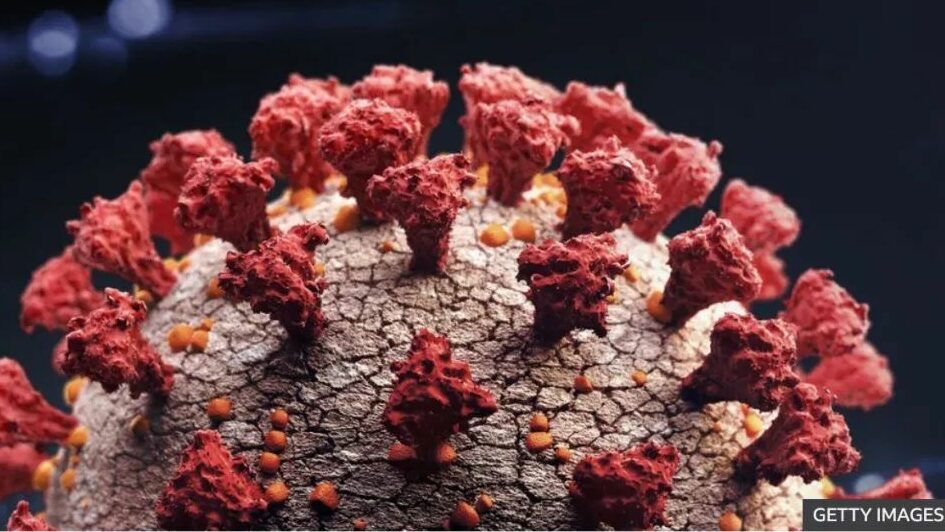The Japanese government is scheduled to start vaccination against the novel coronavirus this week, but the rapid increase in production capacity of dry ice, that is, solid carbon dioxide, needed to preserve and transport vaccines, faces challenges.
Kyodo News Agency of Japan quoted a large dry ice producer who declined to name on the 15th as saying that dry ice shortage should not be allowed to hinder vaccination promotion, but he was “not sure how much dry ice is needed to promote vaccination”.
Japan’s Ministry of Health, Labour and Welfare approved the use of the coronavirus vaccine jointly developed by Pfizer Pharmaceutical Co., Ltd. and German Biotech Company on the 14th.
About 20,000 medical staff in Japan are scheduled to take the lead in vaccination on the 17th.
According to the Japanese media, the vaccine must be stored at an ultra-low temperature of about minus 75 degrees Celsius, so it requires a large amount of ultra-cold freezers and dry ice.
The Japanese government has submitted a request to the relevant manufacturers to increase production.
However, there are many challenges in increasing dry ice production.
On the one hand, in recent years, due to the rising production demand of carbonated beverage manufacturers, it has become more and more difficult for Japanese dry ice producers to obtain the liquid carbon dioxide needed to produce dry ice.
As raw material suppliers, refineries improve the refining process to reduce carbon dioxide emissions, resulting in increasingly tight supply of raw materials.
For this reason, dry ice enterprises have built new factories in recent years to produce liquid carbon dioxide by themselves, but they did not expect that the demand for dry ice would increase sharply during the epidemic, and some manufacturers were worried about their limited production capacity.
On the other hand, in order to ensure the effectiveness of vaccine storage, the dry ice used to preserve vaccines is spherical particles, which is different from the common dry ice cubes, so it needs to be produced by specialized machines.
In addition, in the past, summer was the peak season for dry ice demand, but now the “peak season” is advanced, which caught dry ice manufacturers off guard.
“There are many factors that are uncertain … we’re going to coordinate well anyway,” said a dry ice company representative.
According to the Journal Industry News, in view of the short period of dry ice to ensure the storage of vaccines, in order to avoid the expiration of vaccines when they arrive at the vaccination site, the Japanese government intends to transport 3,370 ultra-cryogenic refrigerators to medical institutions by the end of March and ensure the supply of 10,000 ultra-cryogenic refrigerators by the summer.



